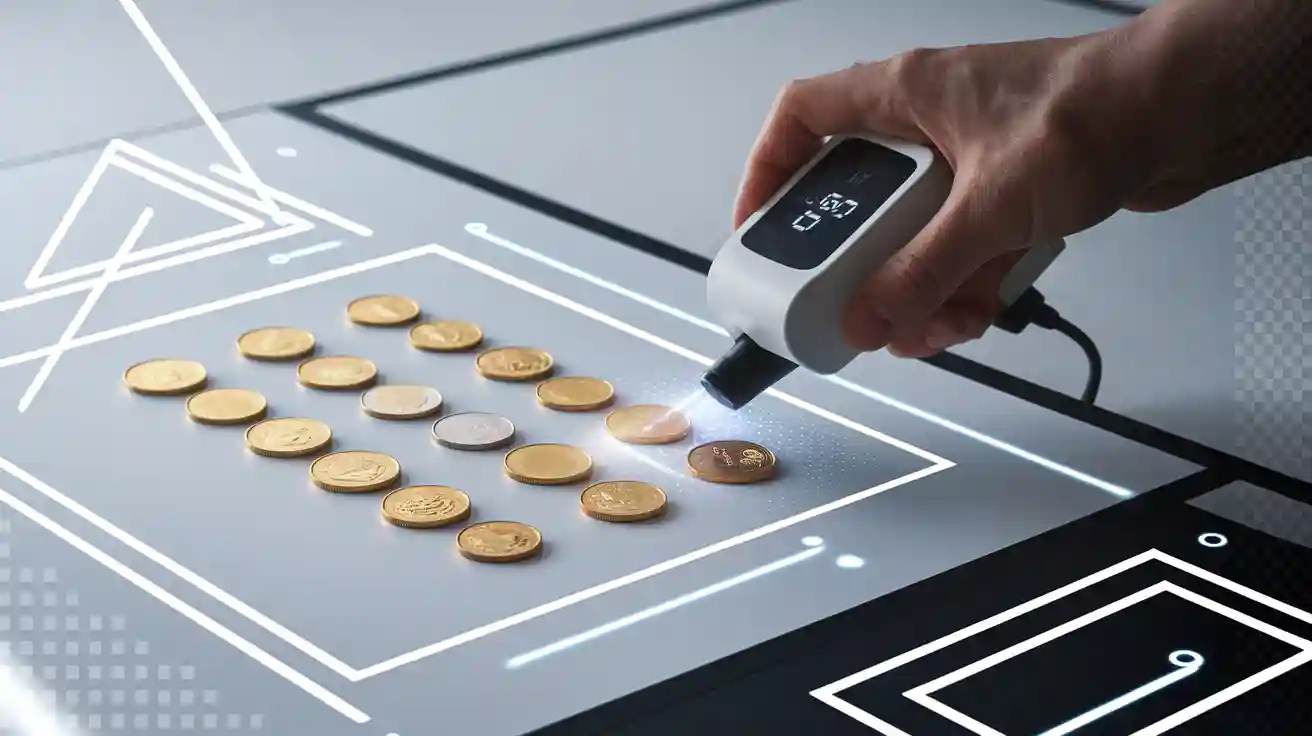
XRF analyzers are very accurate for checking coins and gold coins. Many top models can be right about 99.9% 当時の. The mistakes are very small, から 0.01% 宛先 0.5%. These tools use special X-ray technology and careful detectors to give good results. A coin analyzer helps collectors and experts test 金 purity fast. It does not harm the valuable coins. The process gives answers in just a few seconds. This makes it a trusted way to check precious metals.
キーテイクアウト
XRFアナライザーs can test coins fast and safely. They do not damage the coins. This makes them great for collectors and dealers.
These tools are very accurate. They are right more than 99% 当時の. But results can change with coin size and surface. Using the tool the right way is important.
XRF analyzers find fake or plated coins by checking the metal on the outside. Checking the coin’s weight and size also helps prove if it is real.
ハンドヘルド XRFアナライザーs are easy to carry and use for quick checks. Benchtop models are bigger but give more exact results for careful testing.
Cleaning coins gently helps the XRF test work better. Using the right settings also helps you get good results every time.
Coin Analyzer Applications
Testing Coins in Holders
A coin analyzer lets collectors and dealers test coins safely. They do not need to take coins out of their holders. Many coins are sealed in plastic by grading services. Taking them out can hurt their value or damage them. With a coin analyzer, people can scan coins through the holder. They get quick results about what metals are inside. 例えば, a refiner used a 携帯型蛍光X線分析装置 on a silver coin in a case. The analyzer showed the coin was made of lead and nickel, not silver. The coin and its case stayed safe. Testing coins in holders keeps coins and their value safe.
Detecting Counterfeits
Fake coins are getting harder to spot. Some fakes have the right weight and even use fake holders with real-looking holograms. A coin analyzer checks the metal inside to find fakes. In one case, a pawnbroker got two coins in what looked like real holders. One coin looked fine but failed the analyzer test. The analyzer showed it was not silver. This tool finds metals like lead or nickel that should not be there. The coin analyzer gives answers in seconds. It is much faster and better than old chemical tests.
Use in Shops and Numismatics
Shops, pawn stores, and coin experts use a coin analyzer every day. They check gold and silver coins before buying or selling. The analyzer helps them avoid mistakes and only buy real coins. Many shops pick portable analyzers to test coins at shows or other places. The analyzer also helps experts study rare coins without hurting them. This technology builds trust in the coin market.
ヒント: Using a coin analyzer saves time and money. It quickly checks if coins are real and pure, even when they are still in holders.
XRF Accuracy
Precision and Error Margins
Modern XRF analyzers are very good at testing coins and precious metals. Most of these tools can be right more than 99% 当時の. The mistakes are usually small, から 0.01% 宛先 0.5% for gold coins. Some advanced models have different error rates for each metal:
Portable XRF analyzers often give results close to fire assay tests. The difference is usually only 0.1% 宛先 0.2% for big, flat coins. For small or oddly shaped coins, the mistake can go up to about 0.5%. Studies show that gold results can stay almost the same every time, with a standard deviation as low as 0.03%. This means XRF is a safe and trusted way to check what metals are in coins.
注記: Coins with odd shapes or bumpy surfaces can make mistakes bigger. Using the same testing steps and making sure the tool is set up right helps keep results accurate.
Gold Purity Testing
XRF analyzers are great for checking how pure gold is. They can find gold even when there is only a tiny bit, down to parts per million or even parts per billion with special technology.
しかし, finding gold at such small amounts depends on a few things. The person using the tool must pick the right mode and get the coin ready the right way. If they use the wrong mode or test a dirty coin, the answer might be wrong. ダート, 水, or rough surfaces can also change the results. 高解像度検出器, シリコンドリフト検出器のように, help tell gold apart from other metals, making the test better.
ヒント: People should always clean coins and use the right settings to get the best results when checking gold purity.
Surface vs. Core Results
XRF technology checks only the top layer of a coin, just a few microns deep. This is good because it does not hurt the coin, but it means the test shows what is on the outside, not the inside.
Coins with thick coatings or plating may look like they have more or less gold than they really do. 例えば, a coin with gold on the outside and a different metal inside will look pure on the surface, but it is not solid gold all the way through. If the gold layer is thin or thick, the XRF reading can be less correct.
People should remember these limits when looking at the results. For the best answer, they should use XRF and also check the coin’s weight and size, and look for signs of plating or changes.
Caution: XRF gives fast and good surface results, but it might not find hidden layers or metals inside. Always use more than one way to check coins that are expensive or seem strange.
XRFの仕組み
X-ray Fluorescence Basics
蛍光X線 (蛍光X線分析計) uses X-rays to study the surface of coins. The analyzer sends a beam of X-rays onto the coin. When the X-rays hit the atoms in the metal, the atoms release energy in the form of fluorescent X-rays. Each element gives off a unique signal. The analyzer detects these signals and tells what metals are present. This process works well for gold, 銀, 銅, and other metals found in coins. Scientists have used XRF to study ancient coins, のような Roman and Italian gold coins, to learn about their composition and history. XRF helps experts find out if a coin is pure or mixed with other metals. It also helps them spot changes caused by corrosion or aging.
非破壊検査
XRF stands out because it does not damage coins. The analyzer checks the coin’s surface without scratching or changing it. Museums and collectors value this feature. They can test rare or ancient coins and keep them in perfect condition. Studies show that XRF allows researchers to analyze coins in museums, even when the coins are in cases or displays. The non-destructive nature of XRF means that coins keep their value and historical importance. Experts can use XRF to check for hidden layers, corrosion, or even fake coins, all without harming the artifact.
注記: XRF helps preserve coins while giving detailed information about their metals. This makes it a top choice for collectors, dealers, and researchers.
Surface Analysis Limits
XRF analyzes only the outer layer of a coin, usually just a few microns deep. This means it gives results for the surface, not the core. If a coin has a coating or plating, XRF may only detect that layer. 例えば, a gold-plated coin will show gold on the surface, even if the inside is another metal. Researchers use XRF to study corrosion and surface changes, but they know it cannot see deep inside the coin. For the best results, experts often combine XRF with other tests or check the coin’s weight and size. XRF works fast, often giving results in seconds, making it ideal for quick checks at shops, shows, or museums.
XRF vs. 従来の方法
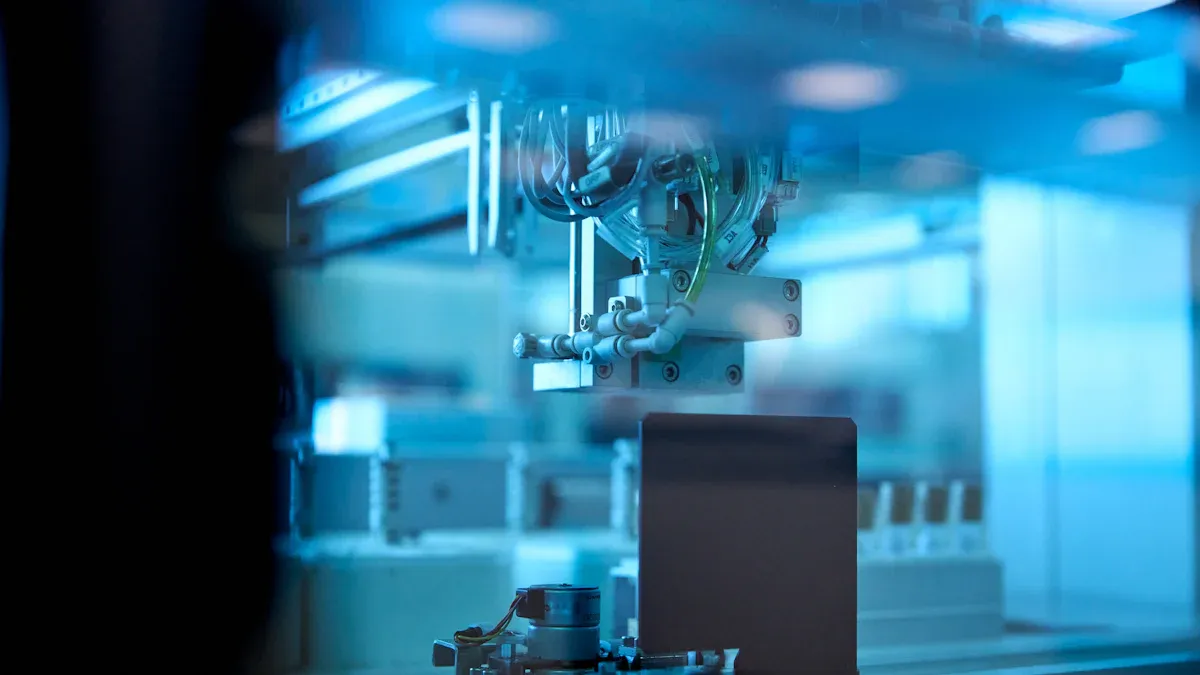
Fire Assay Comparison
Fire assay is the main way to test precious metals. This method melts coins at very high heat. It separates pure metal from other stuff. Many experts trust fire assay because it is very exact. But fire assay ruins the coin during testing. This means it is not good for rare or special coins.
When you compare portable XRF to fire assay, XRF can be almost as exact for big, flat gold coins. 1つの研究で, XRF results were only 0.1 宛先 0.2% different from fire assay. For small or odd-shaped coins, XRF stayed better than 0.5 weight percent. These numbers show XRF works well for most coin tests. But XRF may not work as well for gold-filled or thickly plated coins. In those cases, experts say to use fire assay as a backup test.
注記: Fire assay is best for official tests and tricky metal mixes. XRF is safer for collectors who want to keep coins safe.
Chemical Testing
Chemical testing uses acids or other chemicals to check coins. This method can find fake coins or test for gold and silver. Chemical tests can leave marks or damage on coins. Many shops use acid tests for quick checks, but these do not show exact purity.
Chemical tests are good for simple metals but not for alloys or coins with coatings. The results depend on how skilled the tester is. Mistakes can happen if the wrong acid is used or if the coin has a coating. Chemical testing also takes longer and can be unsafe because of the chemicals.
Collectors and dealers do not like chemical tests for rare or special coins. XRF analyzers are safer and faster. XRF does not hurt coins and gives more details about the metals.
長所と短所
Both XRF and old methods have good and bad points. The best choice depends on the coin and the situation.
方法 | Pros | Cons |
|---|---|---|
蛍光X線分析計 | Does not harm coins, 速い, easy to carry, detailed | Only checks the surface, not as good for plated or filled coins |
火災分析 | Very exact, trusted for legal reasons | Destroys coins, 遅い, not good for rare coins |
Chemical Test | Simple, cheap, quick for easy checks | Damages coins, not very exact, unsafe chemicals |
Fire assay is the most exact but ruins the coin.
XRF analyzers are fast and do not harm coins but are a bit less exact.
Chemical testing is easy and cheap but can hurt coins and gives less detail.
XRF is best for checking coins, ジュエリー, and metal mixes.
Fire assay is good for tricky metal mixes and legal needs.
XRF and fire assay can be used together for the best results.
ヒント: Use XRF for quick, safe checks. Use fire assay for final answers or legal problems. Do not use chemical tests on valuable coins to keep them safe.
精度に影響する要因
Sample Size and Thickness
The size and thickness of a coin matter for XRF accuracy. Big, flat coins work best because X-rays spread out evenly. Small or thin coins might not let X-rays work right. This can make the results less correct. Coins with odd shapes or rough edges can also cause trouble. The analyzer might not read every part of the coin well. For the best results, test coins that are like the calibration standards.
Surface Condition
A coin’s surface is important for XRF to work well. Clean, flat, and shiny coins give the best results. ダート, rust, or scratches can bounce X-rays away. This makes it hard for the analyzer to see what metal is inside. Old or worn coins with rough surfaces can also change the readings. Most XRF tools expect coins to be flat and smooth. Real coins are not always like this.
The size of particles and roughness change how X-rays act.
Shiny coins give better results than dirty or rough ones.
Coins with coatings or plating may only show the top metal.
ヒント: Always clean coins gently before testing. Do not use harsh cleaning that could hurt the coin.
Calibration and Skill
Calibration is very important for good XRF results. Users must use standards that match the coin’s size and surface. This helps fix differences in how X-rays go through the metal. Skilled users know how to set up the analyzer and pick the right settings. They can also spot mistakes from strange coins. Software and factory settings may not work for every coin. Custom calibration makes results better, especially for copper or nickel coins.
Environmental Effects
温度, humidity, and light can change XRF results. High humidity can make water drops on the coin or analyzer window. This changes how X-rays move. Very hot or cold air can change how the detector works. Test coins in a steady place for the best results.
注記: XRF gives quick and good results, but users should also check the coin’s size, 重量, and look. Using XRF with other checks gives the most trusted answer.
Choosing a Coin Analyzer
Handheld vs. ベンチトップ
Picking the best coin analyzer depends on where you use it. ハンドヘルドXRF analyzers are easy to carry. You can take them to coin shows or shops. They give results fast and are good for quick checks. Many collectors like handheld models because they fit in a bag. They also turn on quickly.
ベンチトップ XRF アナライザs stay in one spot. They are more accurate and give steady results. These are good for labs, museums, or busy shops. Benchtop models have better shields and smart software. They can test small coins or coins with odd shapes. しかし, they cost more and need more space.
特徴 | Handheld Analyzer | |
|---|---|---|
移植性 | 高い | 低い |
正確さ | 良い | Excellent |
スピード | 速い | 速い |
料金 | より低い | より高い |
に最適です | Field, Shops | Labs, Museums |
ヒント: Pick a handheld analyzer if you need to move around. Choose a benchtop model for the best accuracy and lots of tests.
ベストプラクティス
To get good results, follow some easy steps. Always clean coins gently before testing. Do not use strong chemicals or rough cloths. Put the coin flat on the analyzer window. Make sure the analyzer is set for the right metal.
Read the manual and pick the right mode for each metal. Check the coin’s weight and size to be sure. Test coins in a place where things do not change much. Good users write down each test for later.
注記: Use XRF results with checks like weight and size. This gives the most trusted answer.
XRF analyzers give quick results and do not harm coins. They are good for checking coins fast. They work best when used with other tests. Experts say to use a coin analyzer for quick checks in shops or museums.
Portable XRF is accurate for many metals and can test coins anywhere.
時々, coatings or the coin’s surface can change the results. Using XRF with weight or lab tests makes answers better.
Collectors should pick the right analyzer and double-check anything that seems strange.
よくある質問
How accurate are XRF analyzers for gold coins?
XRF analyzers are very good at testing gold coins. They can be right more than 99% 当時の. The mistakes are usually very small, から 0.01% 宛先 0.5%. The results can change if the coin is thick or thin. The surface and how the tool is set up also matter.
Can XRF analyzers detect fake or plated coins?
XRF analyzers check the metal on the outside of coins fast. They can find many fake coins or coins with a metal layer. But if the coating is thick, it might hide what is inside. Experts say to also check the coin’s weight and size to be sure.
Do XRF analyzers damage coins during testing?
XRF analyzers do not hurt coins when they test them. They do not scratch, 溶ける, or change the coin. Collectors and museums use XRF because it is safe for rare coins.
What metals can XRF analyzers detect in coins?
金
銀
銅
ニッケル
鉛
Most XRF analyzers can find many kinds of metals. They work well for metals found in most coins and for many metal mixes.
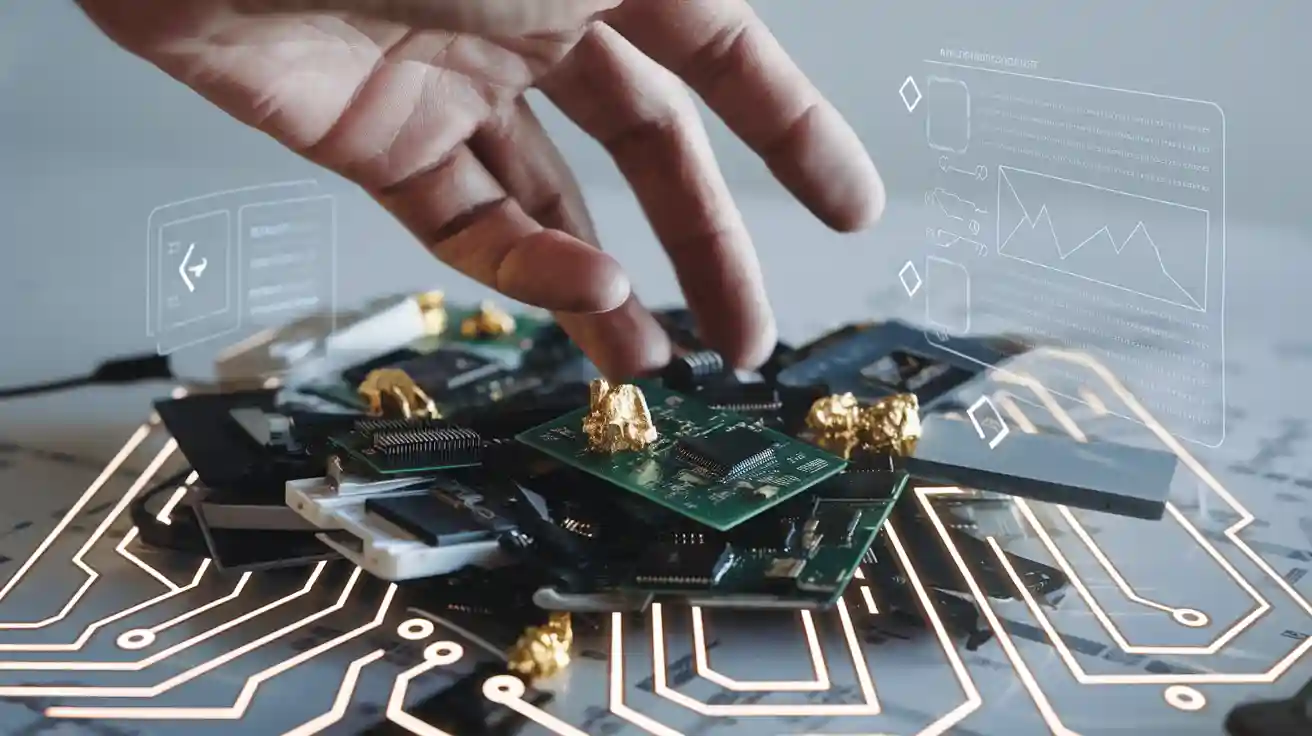
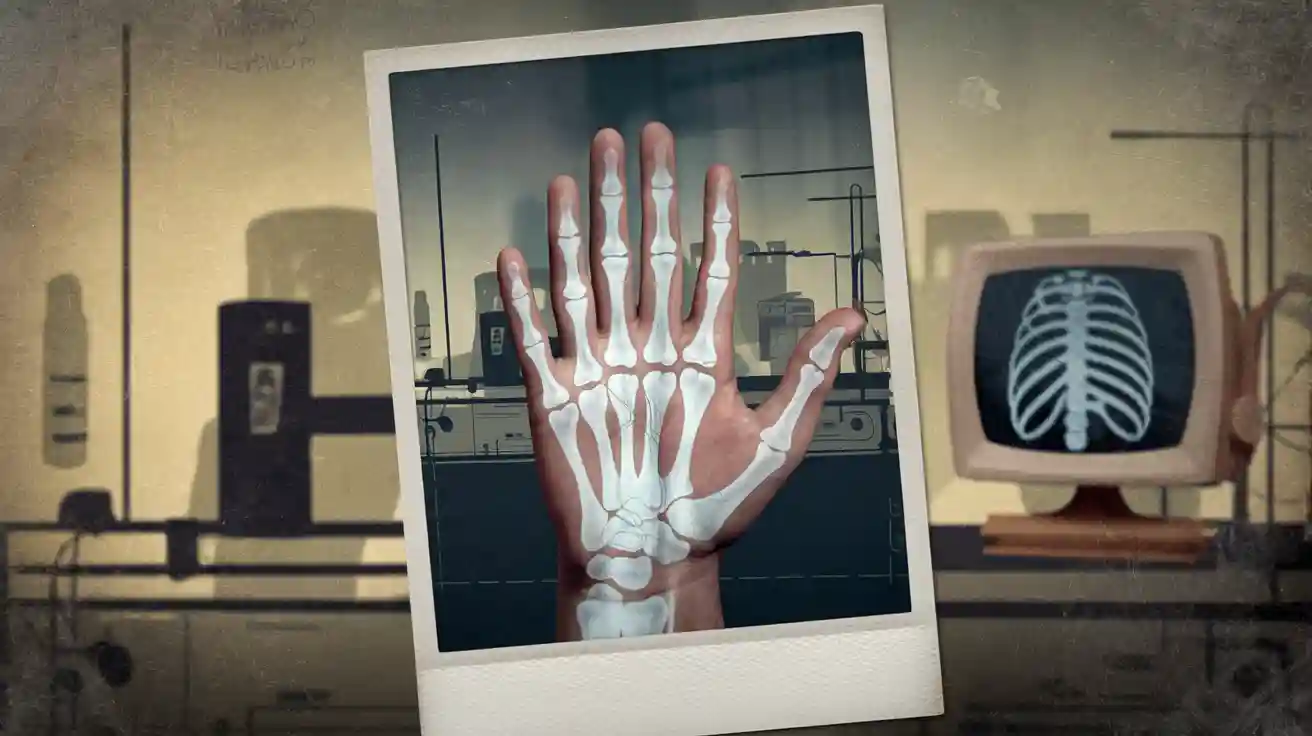
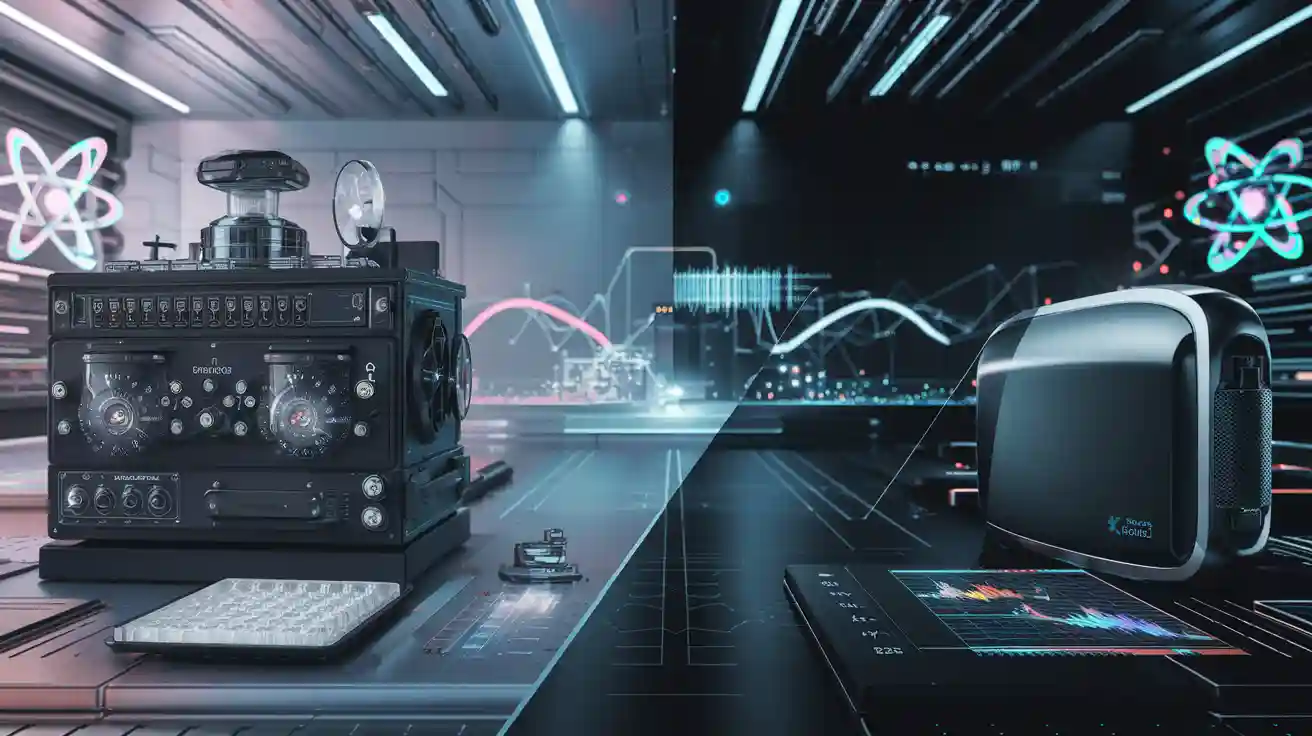
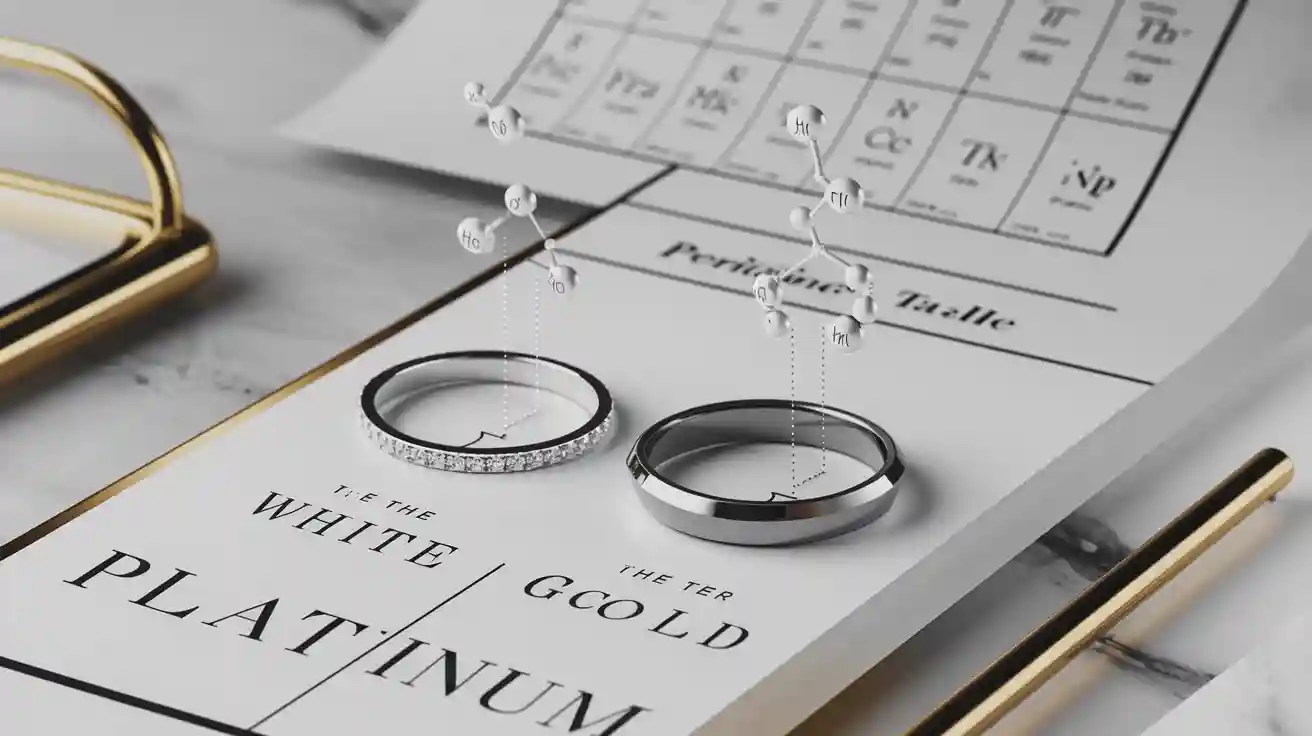
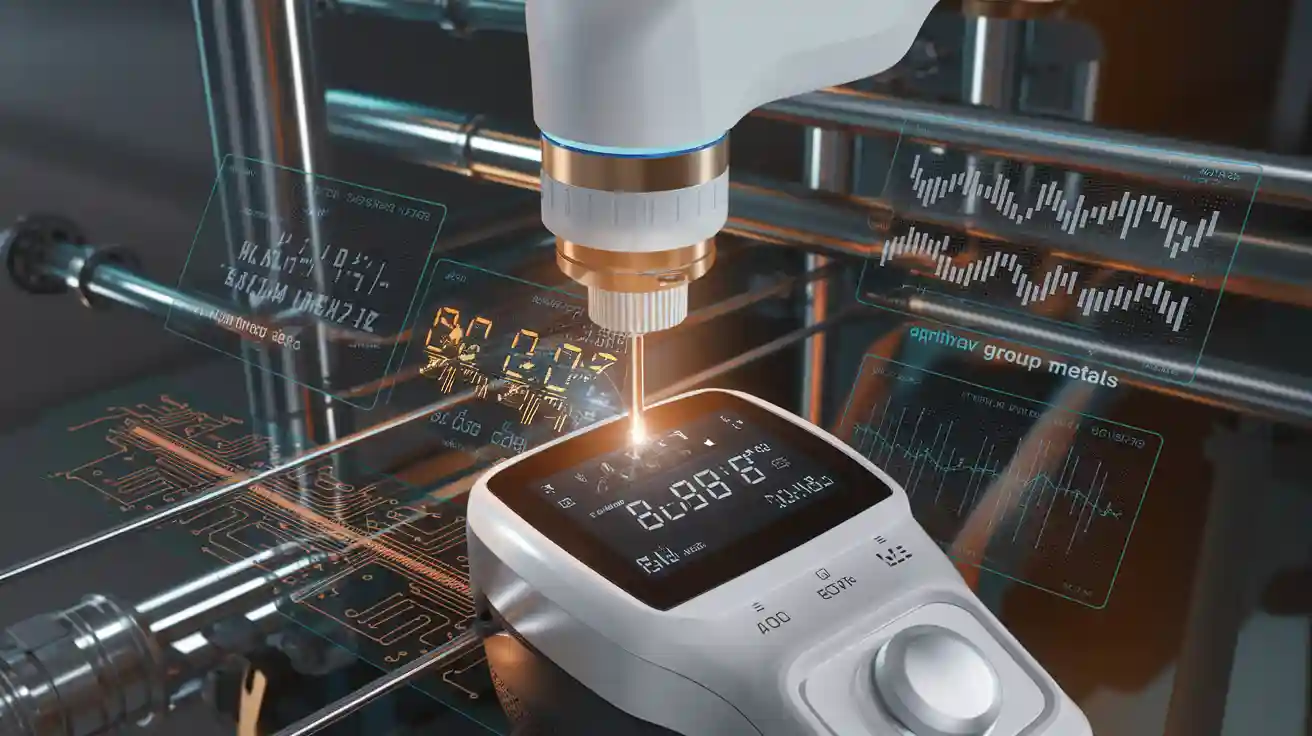
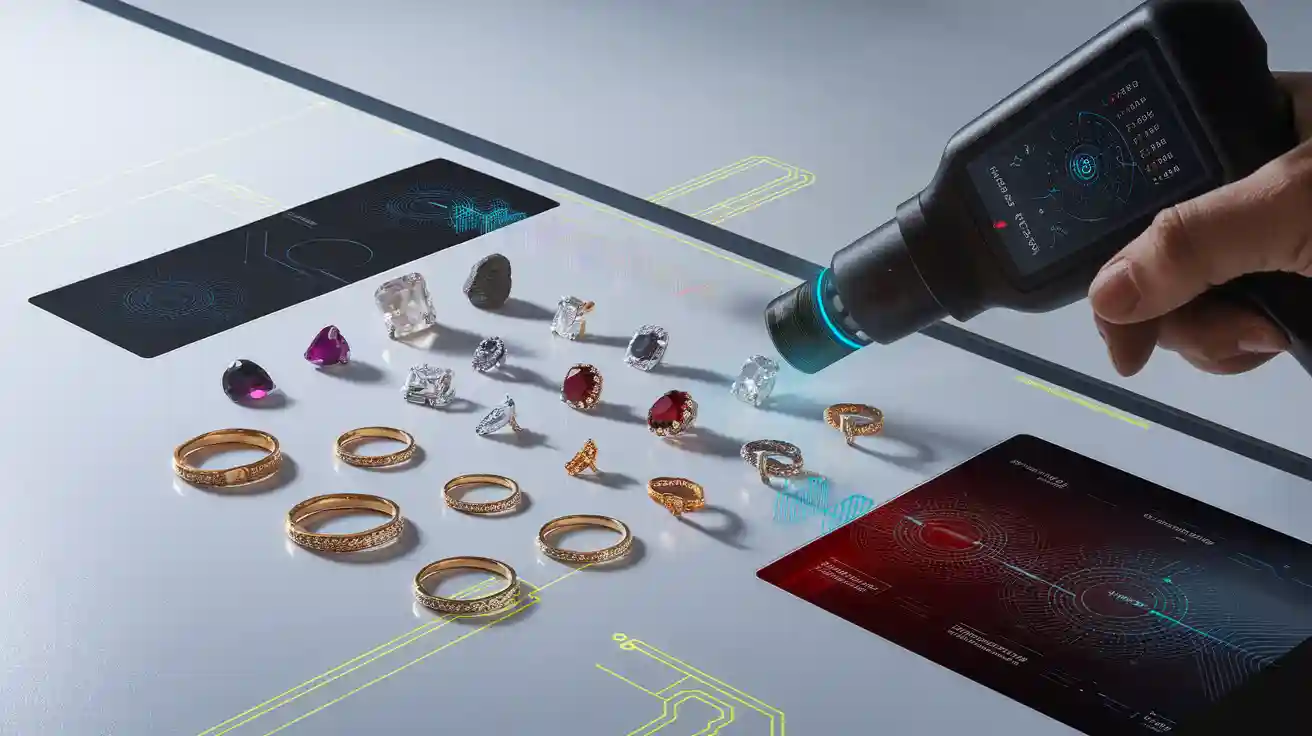

ワッツアップ
QRコードをスキャンして、WhatsAppチャットを開始してください.